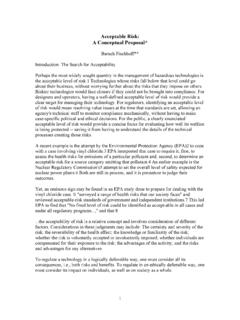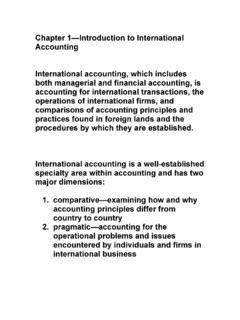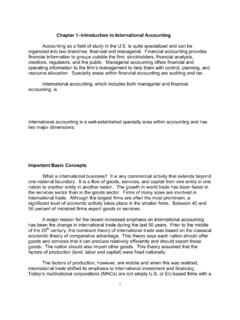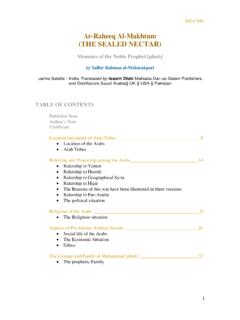Transcription of Abbasid vs. Umayyad Empire
1 Abbasid vs. Umayyad Empire After the death of prophet muhammad , Islamic world was guided by Caliphs, the last of whom was Ali ( muhammad s son in law). Ali s death split the Muslim world into two with Husain forming and leading one group (Abbasids) under the premise that only blood descendents of Ali (he was Ali s son), while the other group ( Umayyad ) came to be known as Sunnis as they believed that any Muslim could become a leader of the Islamic world. The first leader of the Umayyad , Muawiyah, laid the foundation of the Umayyad Dynasty that was finally overthrown by Abbasid Dynasty.
2 While Umayyad Dynasty ruled for nearly 100 years from 661 to 750 AD, Abbasid Dynasty, that overthrew Umayyad Dynasty, ruled for nearly 500 years (750 AD to 1258 AD). Abbasid Dynasty was overthrown by the Mongols in 1258 AD. Despite the similarity of faith (both Umayyad and Abbasid Dynasty shared Muslim faith), there were many differences in the two dynasties that were to lay the foundation of the future of Islam in the world. While the tenets of Islam took roots in the phase of Umayyad s, all the expansion of Islam around the world took place in the times of Abbasids.
3 For one, Umayyad s has much greater interest in the Mediterranean coast while Abbasids focused on the plains of Iran and Iraq. This was the reason why Syria, Israel, Lebanon, and Egypt were important in the time of Umayyad Dynasty; the focus shifted to Iran and Iraq during Abbasid Dynasty. Thus, one big difference between the two dynasties lies in their orientation towards the sea and land. While the capital of the Islamic world under Umayyad Dynasty was Damascus, the capital of Syria, it shifted to Baghdad under Abbasid Dynasty. The role and power of women during Umayyad Dynasty was significant.
4 They were treated with respect and not secluded like wives and concubines and slaves as was the case in Abbasid Dynasty. Women did not wear veils, and their advice was considered important in Umayyad Dynasty, while their position in the society degraded during Abbasid Dynasty. A major difference between the two dynasties lies in their attitude towards Muslims and non Muslims. Umayyad s did not favor conversions, and as such the numbers of Muslims did not increase in their 100 year rule, Abbasids accepted non Muslims into their fold thereby leading to a large increase in the number of Muslims around the world.
5 Umayyad s focused upon military expansion and conquer of territories while Abbasids favored expansion of knowledge. Umayyad Muslims are referred to as Sunni Muslims while Abbasid Muslims are called the Shiites. Abbasid had been content with inherited Empire while Umayyad s were aggressive and espoused expansion militarily.












